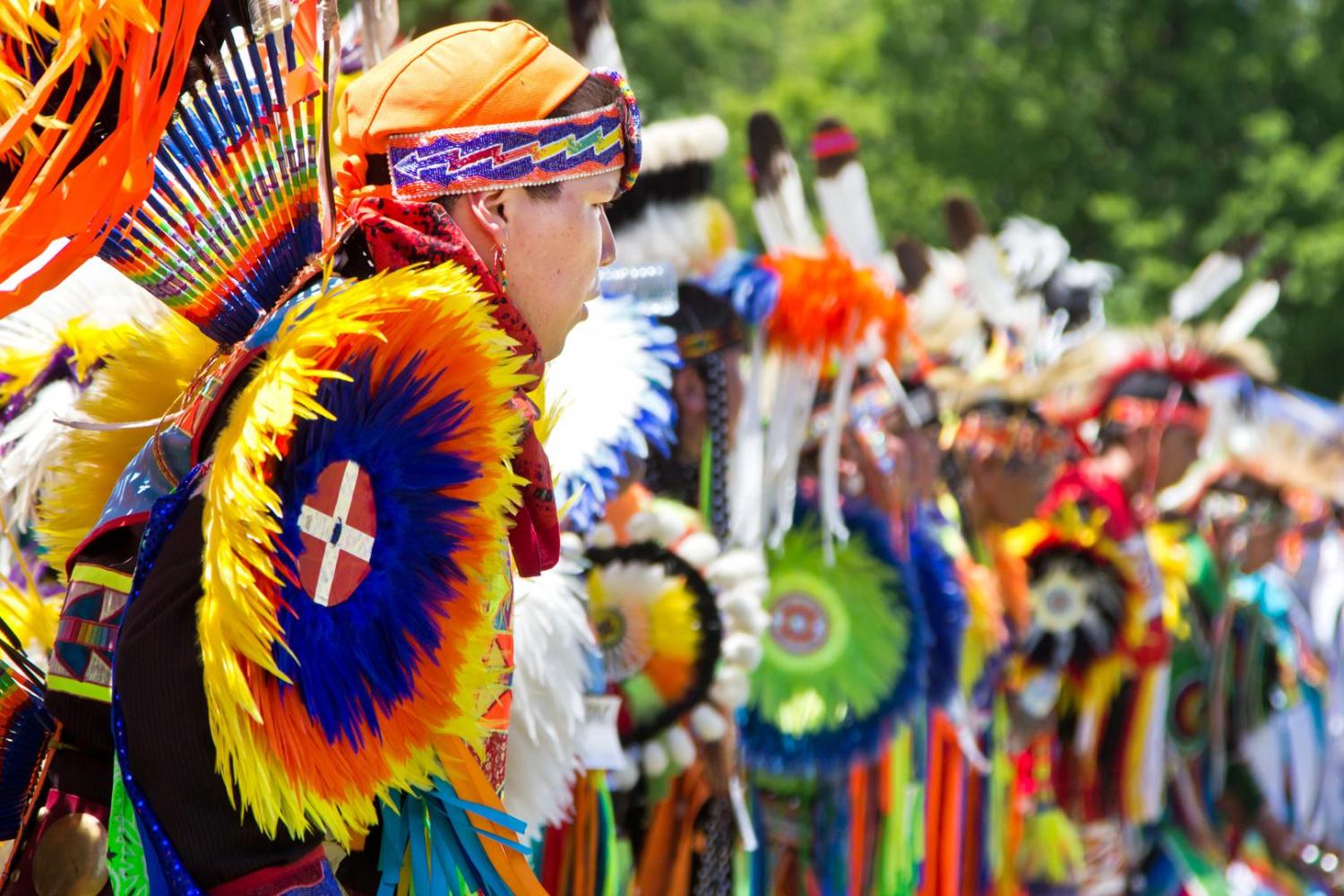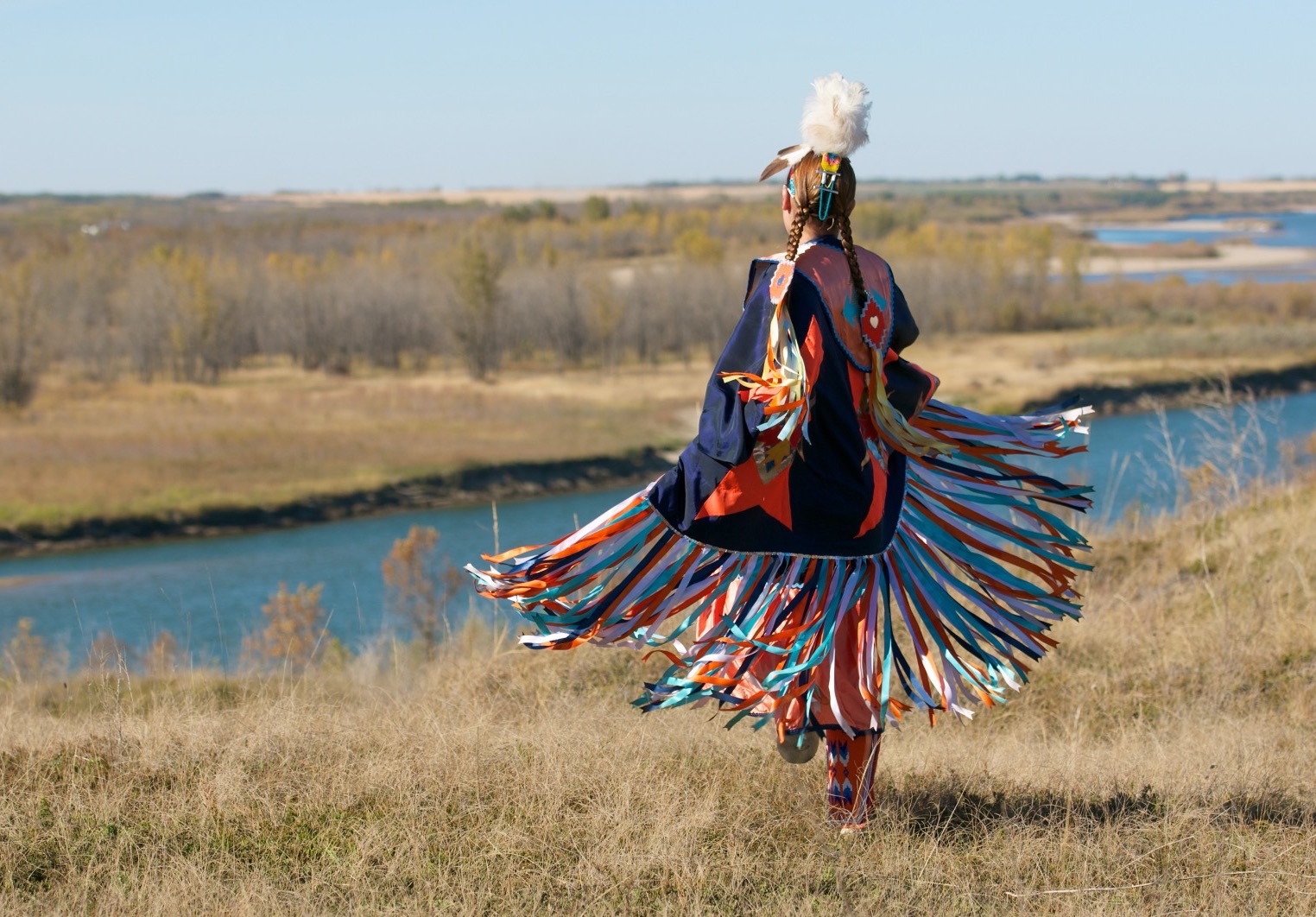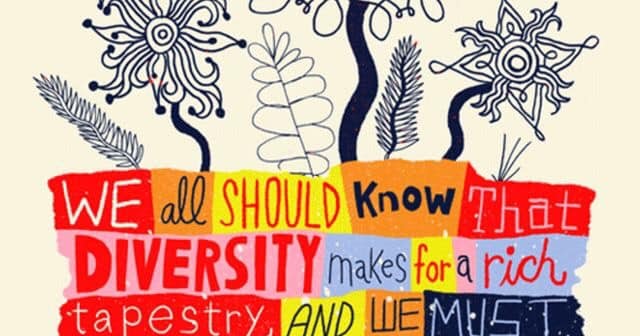A Tapestry of Resilience: Exploring the Rich Diversity of Canada’s Indigenous Peoples
A Tapestry of Resilience: Exploring the Rich Diversity of Canada’s Indigenous Peoples

Canada’s vast landscapes, stretching from the Arctic to the Atlantic, are also home to a vibrant and diverse tapestry of Indigenous cultures. For millennia, First Nations, Inuit, and Métis peoples have thrived in this land, stewarding its resources, preserving their traditions, and contributing to the very fabric of Canadian society. This article delves into the unique histories, cultures, and challenges facing these First Peoples, highlighting their resilience, their contributions, and the ongoing journey towards reconciliation.
A Legacy of Stewardship and Resilience
Related Articles: A Tapestry of Resilience: Exploring the Rich Diversity of Canada’s Indigenous Peoples
- Buffalo whisper: Tales from the Native American heartland
- Breaking the Cycle: Addressing Poverty on Reservations
- Iroquois Unveiled: Decoding the Meaning and Legacy
- Journey into the Heart of Hopi Culture: Unveiling Ancient Wisdom and Enduring Spirit
- Unleash Your Inner Grace with the Alluring Art of Feather Dance
Indigenous peoples have inhabited Canada for thousands of years, leaving an indelible mark on the land and its inhabitants. Their deep connection to the environment is reflected in their languages, their traditions, and their intricate understanding of the natural world. From the intricate beadwork of the Plains Cree to the powerful storytelling of the Haida, each Indigenous nation possesses a unique cultural heritage that has been passed down through generations.
First Nations: Guardians of the Land
First Nations, also known as "Indian" in Canada, comprise a vast array of distinct nations, each with its own language, traditions, and governance structures. They are the original inhabitants of Canada, with diverse cultures that have adapted to the unique landscapes and resources of their territories. From the towering forests of British Columbia to the rolling prairies of Saskatchewan, First Nations have shaped the land and its ecosystems for centuries.
Inuit: Masters of the Arctic
The Inuit, meaning "people" in their language, are the original inhabitants of the Arctic regions of Canada, Greenland, and Alaska. Their culture is deeply intertwined with the harsh yet beautiful environment they call home. Their survival skills, knowledge of the land, and intricate art forms are testaments to their adaptability and resilience. Their traditional hunting and fishing practices demonstrate a deep understanding of the delicate balance of the Arctic ecosystem.
Métis: A Legacy of Intercultural Exchange
The Métis people, often referred to as "Children of the Fur Trade," emerged from the intermingling of Indigenous and European cultures. Their history is marked by a unique blend of traditions and resilience, adapting to the changing social and economic landscape of Canada. Their distinctive culture, language, and vibrant arts reflect their hybrid heritage, a testament to the power of cultural exchange and adaptation.
The Impact of Colonization

The arrival of European colonists in Canada brought significant changes to the lives of Indigenous peoples. The policies of assimilation, displacement, and dispossession had a profound impact on their cultures, languages, and way of life. The residential school system, a dark chapter in Canadian history, forcibly removed Indigenous children from their families and communities, inflicting trauma and cultural loss that continues to reverberate today.
The Fight for Recognition and Reconciliation
Despite the challenges they have faced, Indigenous peoples in Canada have shown remarkable resilience. They have fought for their rights, their languages, and their cultures, working towards self-determination and recognition. The Truth and Reconciliation Commission, established in 2008, was a significant step towards acknowledging the harms of the residential school system and paving the way for healing and reconciliation.
The Importance of Indigenous Knowledge
Indigenous knowledge systems, often passed down through generations, offer invaluable insights into the natural world, sustainable practices, and the interconnectedness of all living things. Their knowledge of traditional medicine, land management, and resource stewardship holds immense potential for addressing contemporary challenges, such as climate change and biodiversity loss.

Moving Forward: A Path Towards Reconciliation
Reconciliation is a complex and ongoing process that requires meaningful action and commitment from all Canadians. It involves acknowledging the injustices of the past, honoring Indigenous cultures and languages, and working towards a future where Indigenous peoples are empowered to thrive. This journey necessitates a shift in attitudes, a willingness to listen and learn, and a commitment to creating a more just and equitable society for all.
FAQs about Native American Tribes in Canada
1. What is the difference between "First Nations," "Inuit," and "Métis"?
- First Nations: The original inhabitants of Canada, encompassing a diverse range of nations with distinct languages, cultures, and territories.
- Inuit: The indigenous people of the Arctic regions of Canada, Greenland, and Alaska, known for their unique culture and adaptation to the harsh environment.
- Métis: A distinct people who emerged from the intermingling of Indigenous and European cultures, with a unique heritage and cultural identity.

2. What are some of the challenges facing Indigenous peoples in Canada today?
- Poverty and Socioeconomic Disparities: Indigenous communities often face higher rates of poverty, unemployment, and limited access to education and healthcare.
- Loss of Language and Culture: Assimilation policies and the residential school system have resulted in the loss of many Indigenous languages and cultural traditions.
- Environmental Degradation: The impact of industrial development and climate change poses significant threats to Indigenous lands and resources.
- Violence and Discrimination: Indigenous peoples continue to experience disproportionate levels of violence, discrimination, and systemic racism.
3. How can I support Indigenous communities in Canada?
- Educate Yourself: Learn about the history, cultures, and challenges faced by Indigenous peoples in Canada.
- Support Indigenous Businesses and Organizations: Patronize Indigenous-owned businesses and donate to organizations that advocate for Indigenous rights.
- Advocate for Change: Speak out against racism and discrimination, and support policies that promote Indigenous self-determination and reconciliation.
- Respect Indigenous Lands and Cultures: Recognize the importance of Indigenous territories and cultural practices, and avoid actions that could disrespect or harm them.
4. What are some ways to learn more about Indigenous cultures in Canada?
- Visit Indigenous Museums and Cultural Centers: Explore museums and cultural centers dedicated to showcasing Indigenous art, history, and traditions.
- Attend Indigenous Events and Festivals: Participate in cultural events, powwows, and festivals that celebrate Indigenous traditions.
- Support Indigenous Artists and Writers: Explore the work of Indigenous artists, writers, and musicians, and share their stories.
- Read Books and Articles by Indigenous Authors: Gain insights into Indigenous perspectives and experiences through the works of Indigenous writers.
5. What role does the Canadian government play in reconciliation with Indigenous peoples?
The Canadian government has a responsibility to address the legacy of colonialism and the ongoing challenges faced by Indigenous peoples. This includes:
- Implementing the Calls to Action from the Truth and Reconciliation Commission: Addressing the harms of the residential school system and working towards healing and reconciliation.
- Supporting Indigenous Self-Determination: Recognizing the right of Indigenous peoples to govern their own affairs and manage their own lands and resources.
- Investing in Indigenous Education, Healthcare, and Economic Development: Closing the gap in socioeconomic disparities and ensuring equal access to essential services.
- Respecting Indigenous Rights and Treaties: Honoring the rights and treaty obligations of Indigenous peoples.
The journey towards reconciliation is a complex and multifaceted one, requiring a sustained commitment from all Canadians. By understanding the rich history and cultural diversity of Indigenous peoples, by acknowledging the injustices of the past, and by working towards a future of respect, equality, and self-determination, we can build a more just and equitable society for all.

Closure
Thus, we hope this article has provided valuable insights into A Tapestry of Resilience: Exploring the Rich Diversity of Canada’s Indigenous Peoples. We hope you find this article informative and beneficial. See you in our next article!